A Brief History of the MCU Part Three
Something significant changed between the releases of Iron Man and Iron Man 2. The Walt Disney Company paid $4.24 billion in 2009 to acquire Marvel Entertainment. At that moment, the Marvel Cinematic Universe (MCU) was born, even though nobody realized it yet. In the third installment of A Brief History of the MCU, we’ll discuss the films that led to Kevin Feige’s endgame, a movie called The Avengers.
The First Disney Release, Iron Man 2
Most listings of the MCU suggest that Iron Man and The Incredible Hulk, both released in 2008, are the first official titles. However, the MCU as we know it didn’t arrive until Disney acquired Marvel. And that makes Iron Man 2 the real start of the MCU as we know it.

Marvel Studios president, Kevin Feige, dreamt big, and he found an agreeable partner at Disney. CEO Robert Iger innately understood that Marvel intellectual properties (IPs) could boost Disney in several ways.
The characters would sell merchandise and movie tickets while adding a significant presence to the parks. For this reason, Disney gave Marvel all of the resources that Feige needed to fulfill his vision.
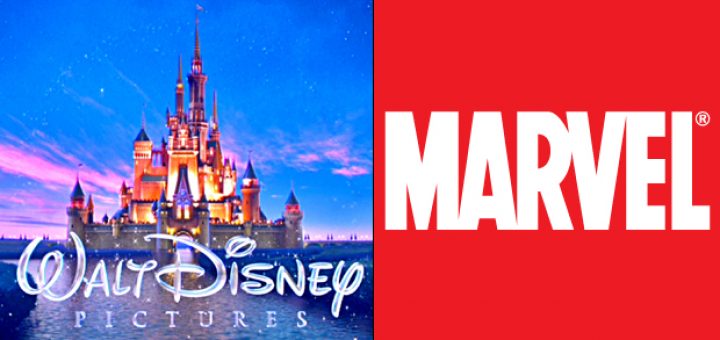
Iron Man had a budget of $140 million, but that number reflected many expenses related to getting the project off the ground. All of the years that it lingered in development hell came at a high price, one that Marvel had to pay.
Once Disney arrived on the scene, the company opened its coffers immediately, signing off on $170 million to produce the film and another $150 million to market it. All the revenue that Disney has earned from the MCU since then stems from this one showing of confidence and unconditional support.

The MCU Plan in Action
Feige hid one of the most critical elements of Iron Man 2 in plain sight. Scarlett Johansson, already a well-established actress at the age of 25, played Natasha Romanoff in the movie. Ostensibly, the character worked as a personal assistant, first for Tony Stark and later for Pepper Potts. In reality, she was on assignment as an espionage agent for Nick Fury, director of S.H.I.E.L.D.
Yes, one of the first new characters introduced in Iron Man 2 was a future Avenger. The film also included the return of another impending Avenger, only with a different look.
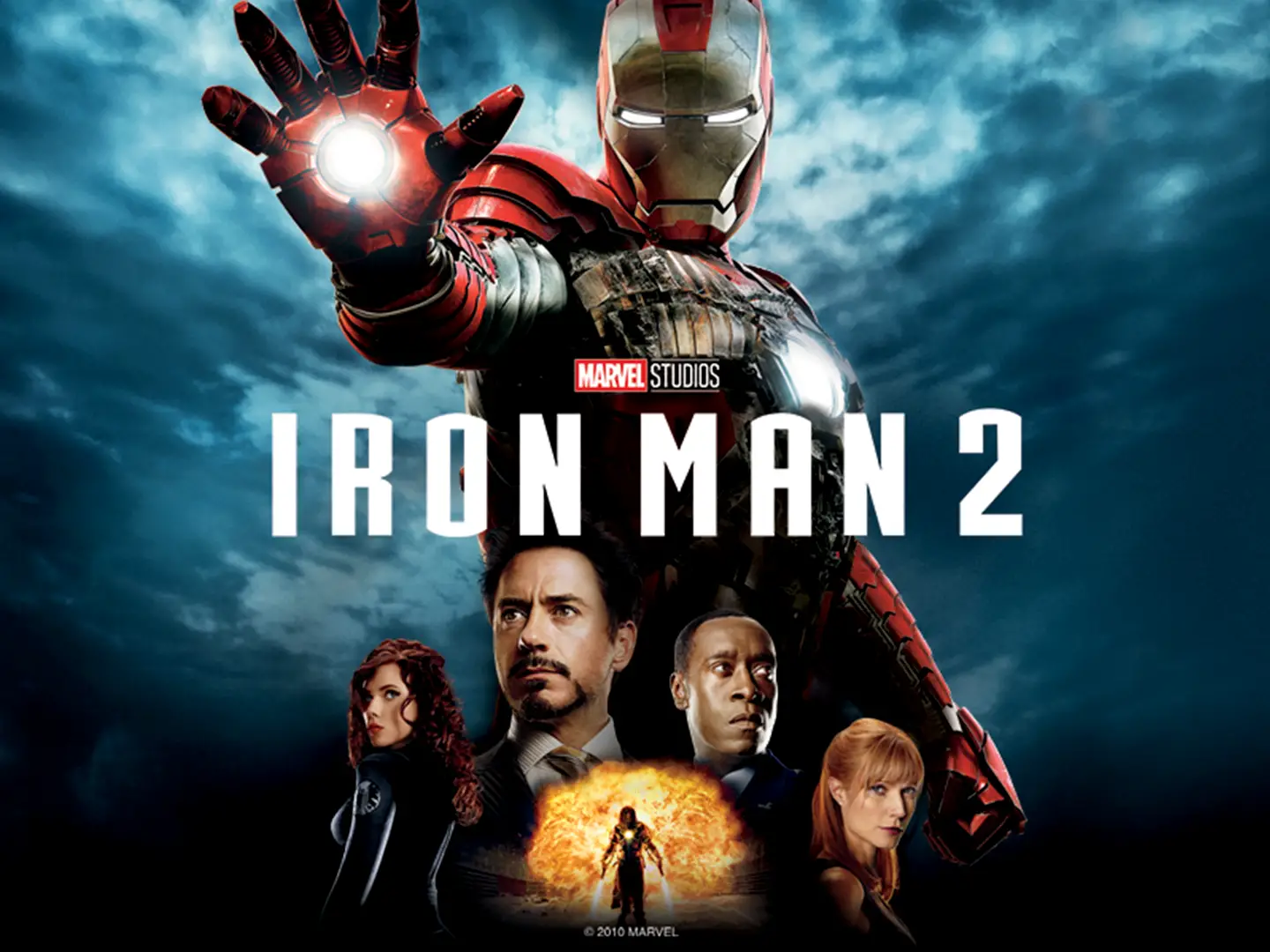
Don Cheadle replaced Terrence Howard, who had played James Rhodes in the first film. Howard got cut from the sequels for budgetary reasons, some of which speak poorly of Marvel owner, Ike Perlmutter.
During the second movie, the man nicknamed Rhodey took a substantial step toward super-heroism as War Machine. Tony Stark gifted his best friend a more aggressive Iron Man-style mech-suit. So, the sequel featured three different Avengers who weren’t exactly working together. However, they were on the same side in the end.
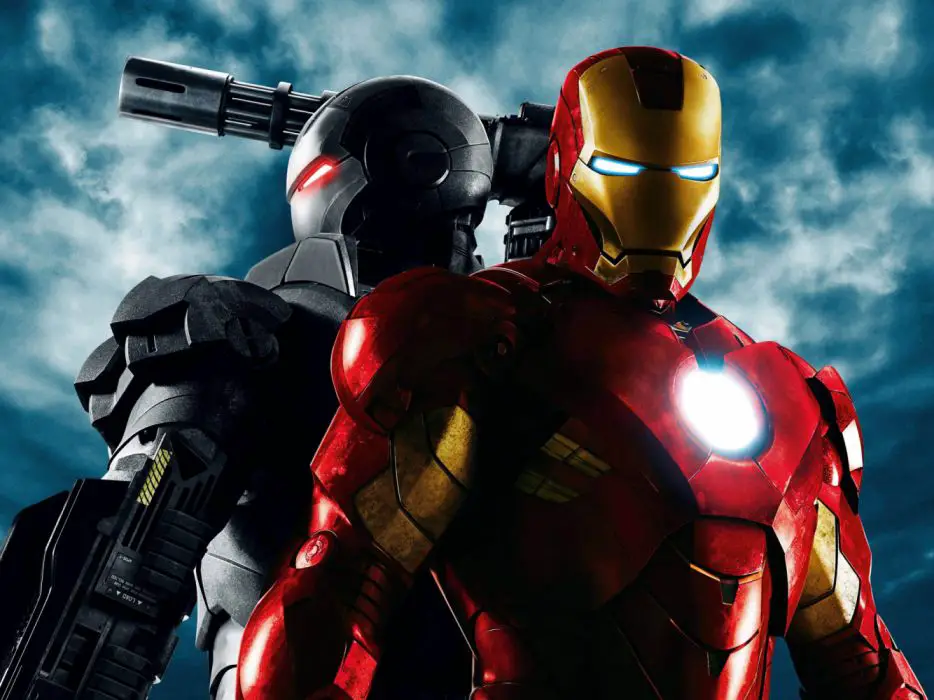
An essential strategy for Iron Man 2 was its production speed. The second movie came out almost exactly two years after its predecessor. Feige wanted to strike while the iron was hot, and he feared that a delayed release would lead to history repeating itself.
As discussed in part two, The Dark Knight overshadowed Iron Man. If Marvel waited too long, the same thing could happen with the sequel. Director Jon Favreau already had a storyline in mind and had no reason to delay.
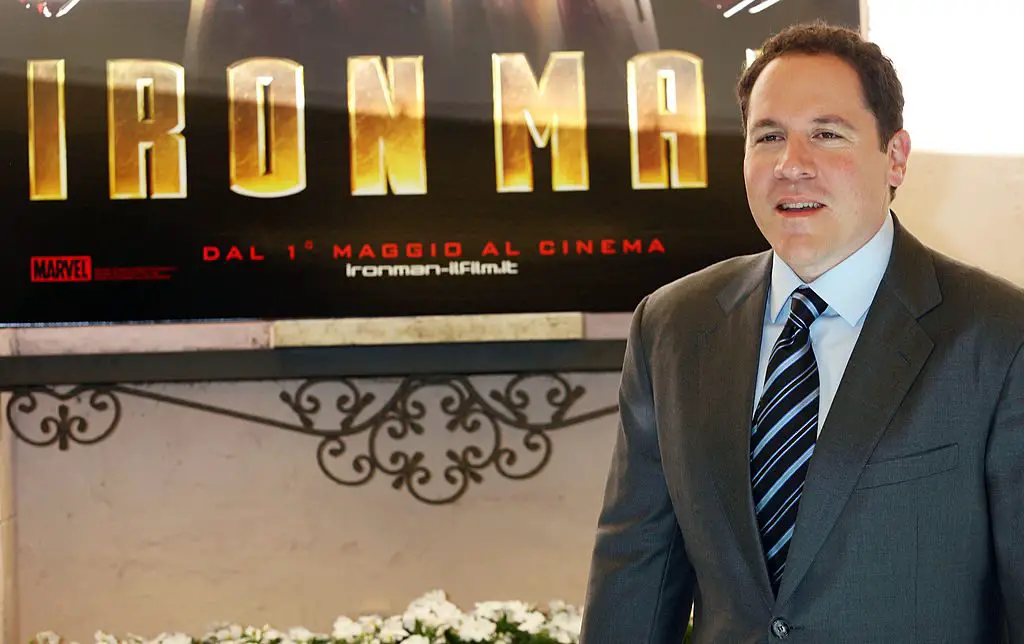
Photo: Elisabetta Villa/Getty Images
Iron Man 2 Sets the Table for the MCU
Iron Man 2 accomplished precisely what Feige had hoped. The film received an A Cinemascore, establishing that the first film wasn’t a fluke. Critics weren’t quite as glowing as they’d been with Iron Man. Still, they certified the film as Fresh with a Rotten Tomatoes score of 73 percent.
Audiences embraced Iron Man 2 wholeheartedly. The film virtually matched the original domestically, earning $312.4 million as opposed to the original’s $318.4 million.
Overseas audiences flocked to Iron Man 2, which grossed $311.5 million abroad. The international performance helped it surpass Iron Man 2 in global box office by nearly $40 million. Sequels generally open better but fade faster.
Iron Man 2’s staying power demonstrated that audiences have a voracious appetite for superhero cinema. And the concept translates well overseas. That wasn’t as important in 2010 as it is ten years later, but it matters to Disney. After all, the company operates four international theme parks. All of those customers were learning about The Avengers, a powerful bit of branding synergy.
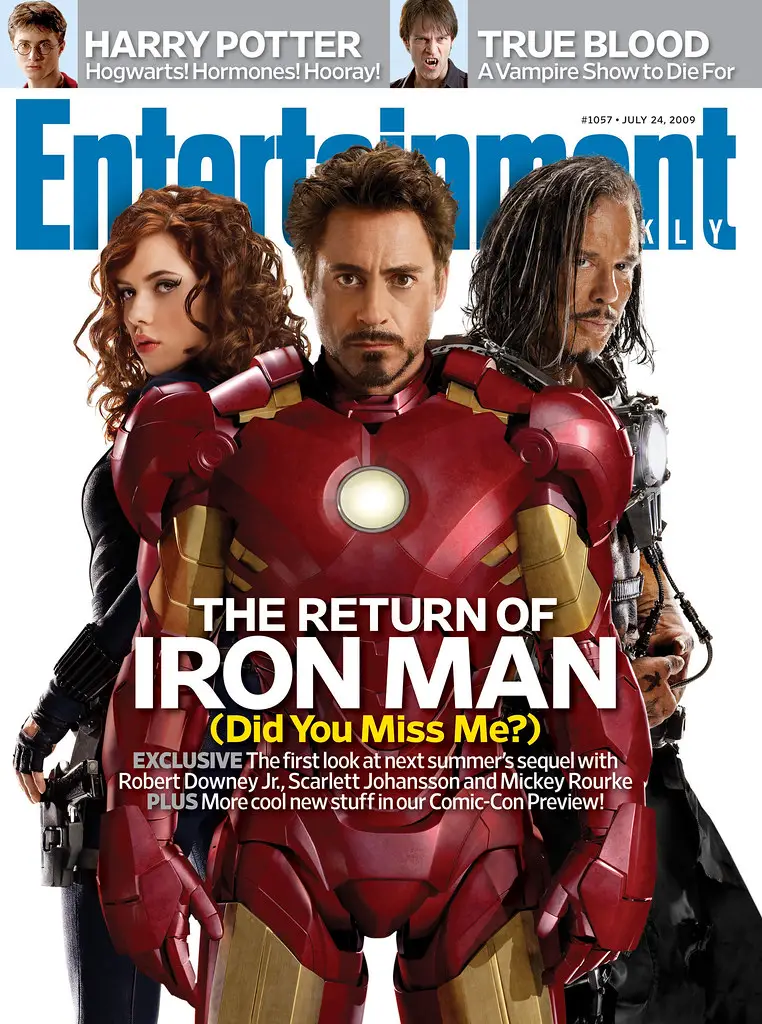
The Ale-Chugging Demigod with an Eight-Pack, Thor
Okay, everyone loved Iron Man. Why wouldn’t they? He’s a billionaire playboy who fights crime! That sounds a lot like someone in Gotham who had already established serious box office pull.
The hurdle that the MCU faced in 2011 centered on the other characters from The Avengers. Since early on, the three central figures are Iron Man, Thor, and Captain America. Due to his charismatic nature, Iron Man’s an easy sell. Thor, on the other hand…
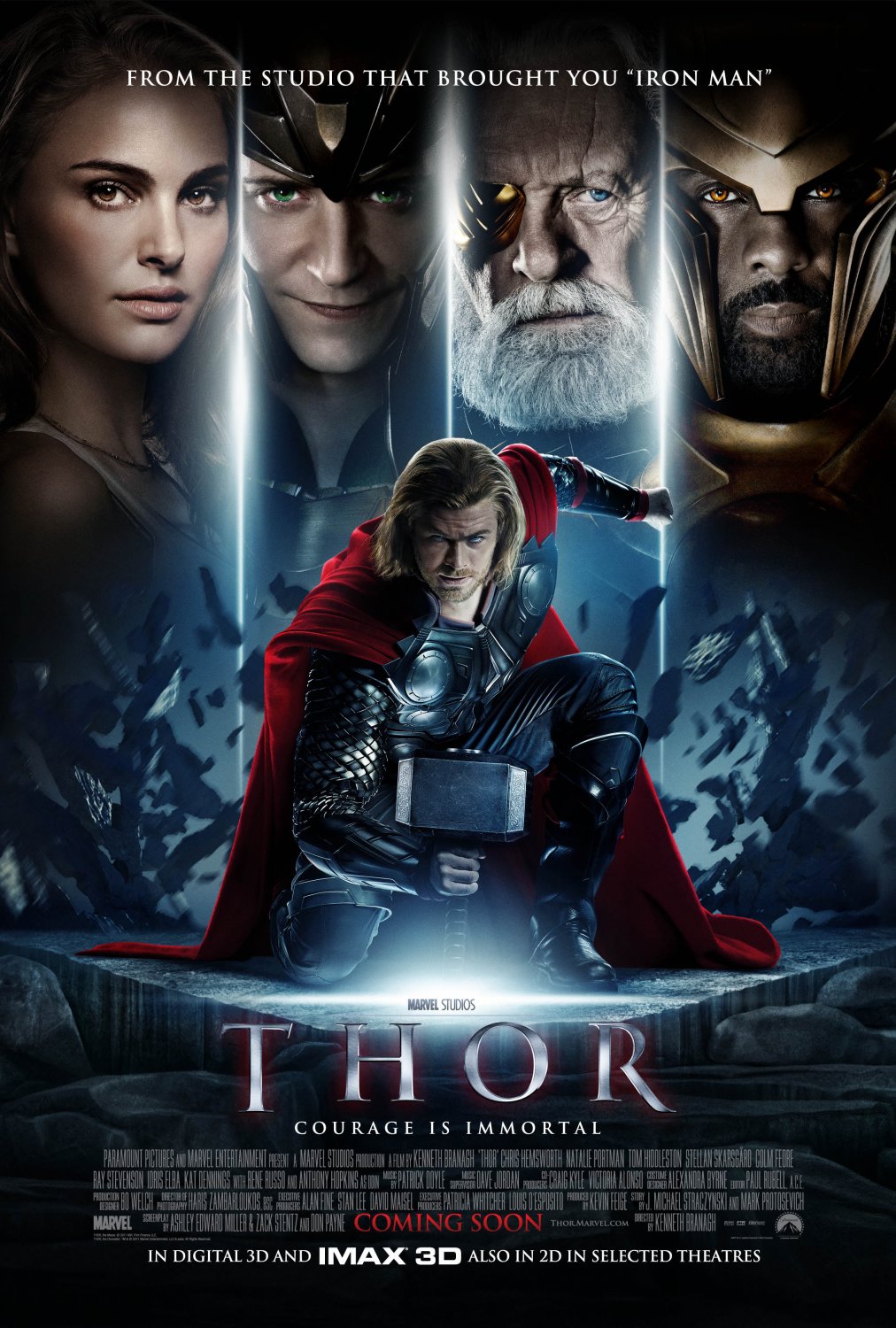
Look, I love Thor, and I have ever since I watched Adventures in Babysitting in 1987. You’ll have to watch the movie for that to make sense, but I swear that it tracks. Still, as a box office analyst, I was always extremely skeptical of Thor as a movie.
At his core, Thor is a narcissistic, possibly delusional doctor in the comics. He believes that he’s a Norse god from Asgard. His friends in Oklahoma deem him an eccentric but kind man who can’t quite separate fantasy from reality. That idea doesn’t provide the backbone of a great movie.
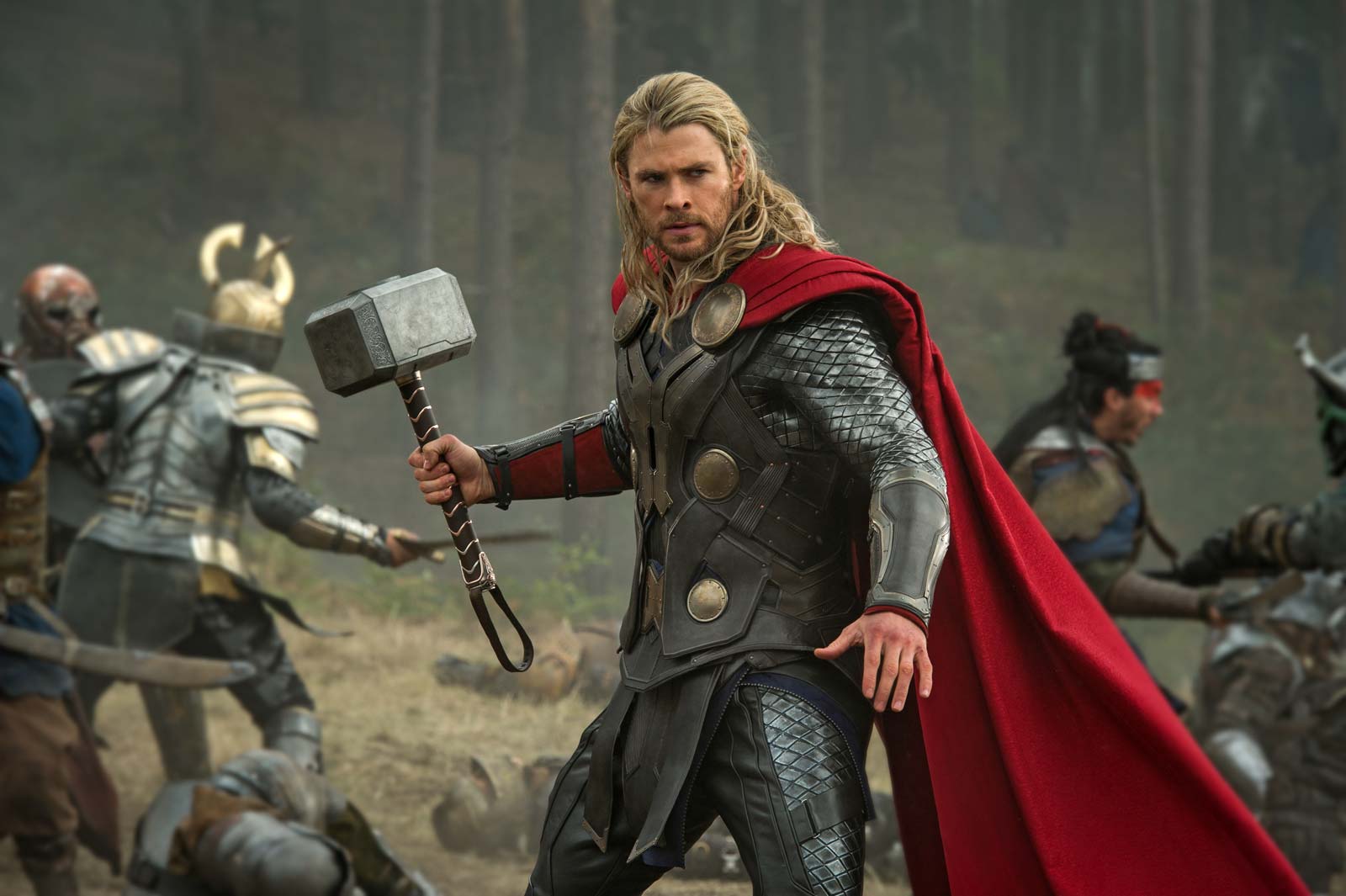
I should have trusted Kevin Feige to find the genius in the premise.
The Selling of Thor
Thor, as a movie, follows the premise in general terms. A muscular man arrives in a small town in Oklahoma, where a group of researchers doesn’t quite know what to make of him. They know that he’s addled and mixed up about his origins.
However, he’s really hot, and that matters to the ladies in charge of the project. In this fashion, characters in the film voice the viewing audience’s thoughts. Each time that Kat Dennings’ Darcy Lewis lusts after Chris Hemsworth, crowds murmur their consent.
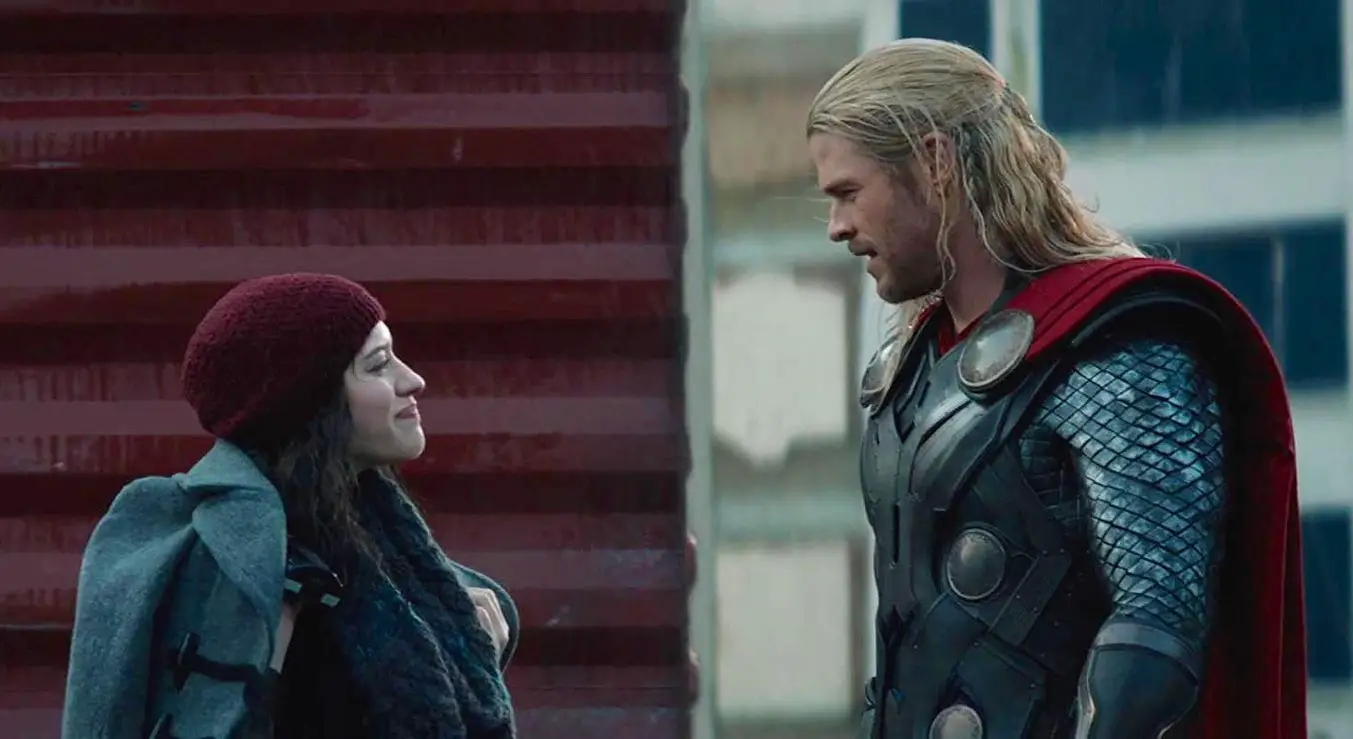
Later, Natalie Portman somehow delivers a signature line from the movie that doesn’t seem ridiculous, “Oh. My. God.” At that moment, she buys into the fact that her boyfriend really is a Norse god, and the audience does, too.
Director Kenneth Branagh claims one of the most extensive Shakespearean play resumes on the planet. He intuited that Thor works similarly. The frustrated son of a king struggles to find his place. Eventually, he gets betrayed by his brother and cast out of the kingdom.

Throughout the movie, Thor tries to prove himself worthy of Asgard and his father, Odin. A vital scene involves his attempt to retrieve Mjolnir from a government base.
During the security breach, another future Avenger studies Thor from afar. Hawkeye admires the effort so much that he states, “I’m starting to root for this guy.” It’s Branagh’s way of telling the audience that it’s okay to love a character as ridiculous as Thor.
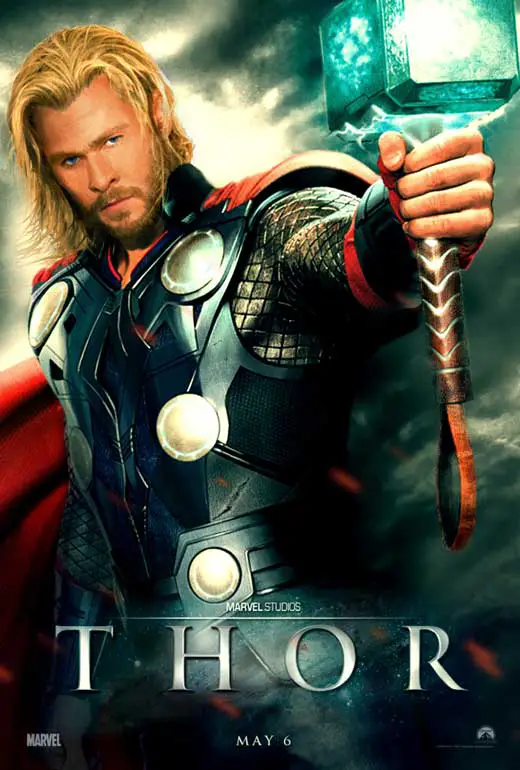
Audiences responded to this technique. Thor earned $181 million domestically and $249.5 million overseas. Its worldwide total of $430.5 million against a $150 million proved that any Avenger was viable in the right movie.
The Fearless, Determined Leader, Captain America
From the earliest days of MCU planning, Feige bet on one factor for Captain America. Many soldiers adore this character. His shield symbolizes the fight to protect the country. It’s one of the most patriotic items in pop culture.
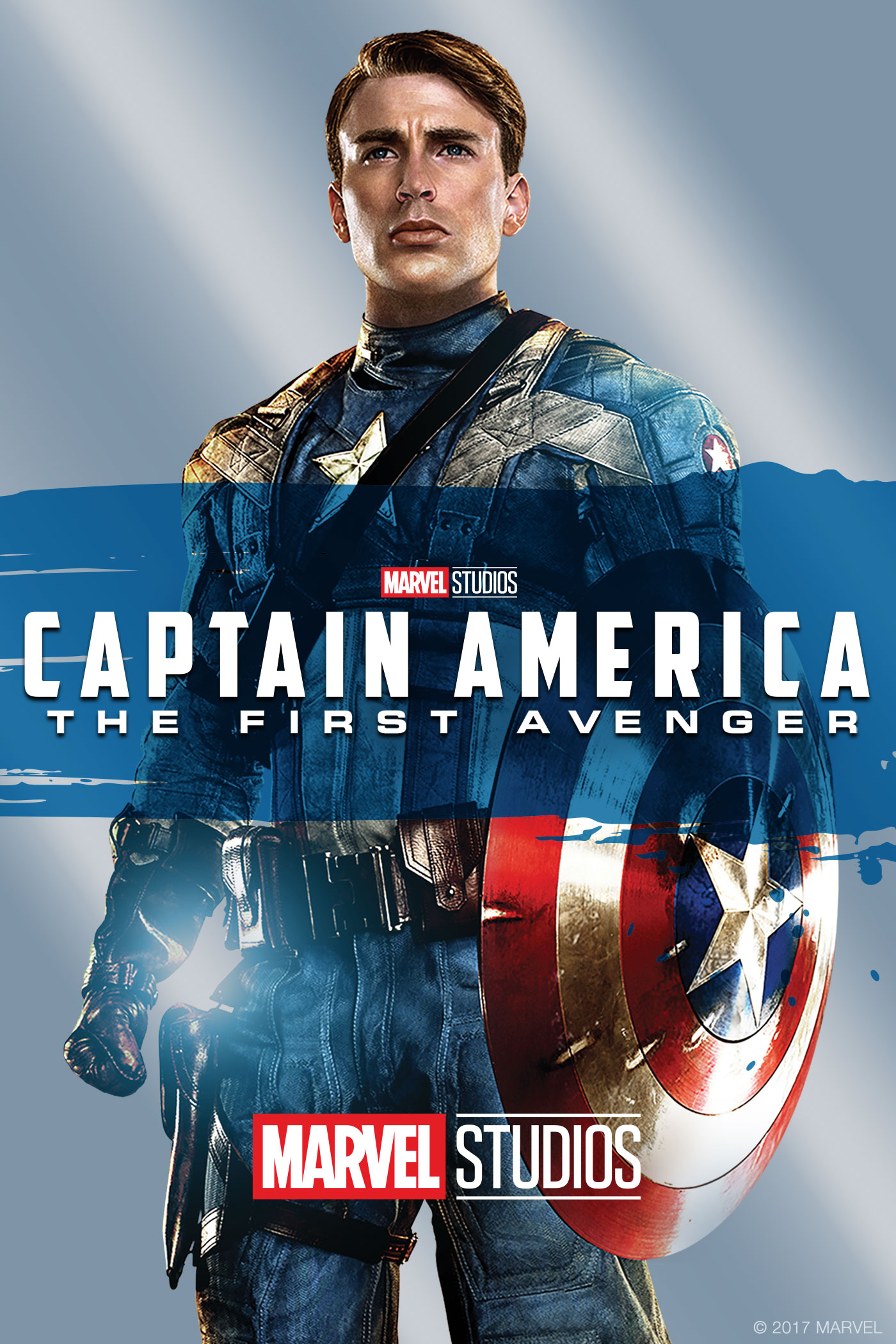
Feige prioritized a Captain America movie as the third Avengers project. His team understood the importance of this project. After all, Thor and Iron Man are part of the core, but Cappy’s the leader. He’s the one in the comics who shouts, “AVENGERS ASSEMBLE!” If a Captain America movie failed, The Avengers would struggle to get off the ground.
Two decisions secured the character’s future. First, Marvel hired the perfect actor in Chris Evans. By 2011, he’d already participated in three different variations of a comic book movie: Fantastic Four (and its sequel), Push, and Scott Pilgrim vs. the World. He had the look and the charisma of a lead, but he also had a throwback, clean-cut appearance that would have felt right at home for the Golden Age of Hollywood.
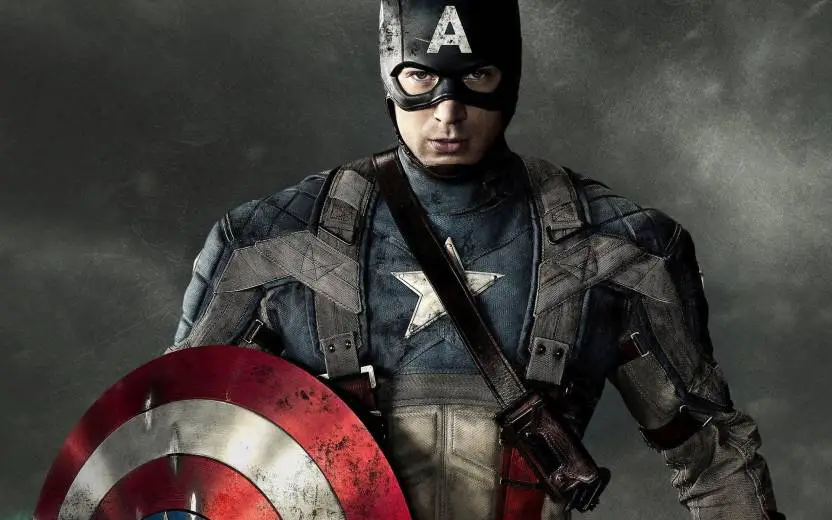
Feige wanted to produce a period piece, and so the classic leading man style would fit perfectly. Of course, Marvel needed a director who could make such a movie, too. They found the perfect guy with Joe Johnston, who had already directed a marvelous superhero film in that vein, 1991’s The Rocketeer.
The Final Triumph of Phase One
Together, Johnston and Evans proved the perfect combination for a World War II story about the ultimate American hero battling alien Nazis. The story took careful steps to establish that Steve Rogers possessed heroic tendencies, whether he was a tiny man or a genetically enhanced super-soldier.
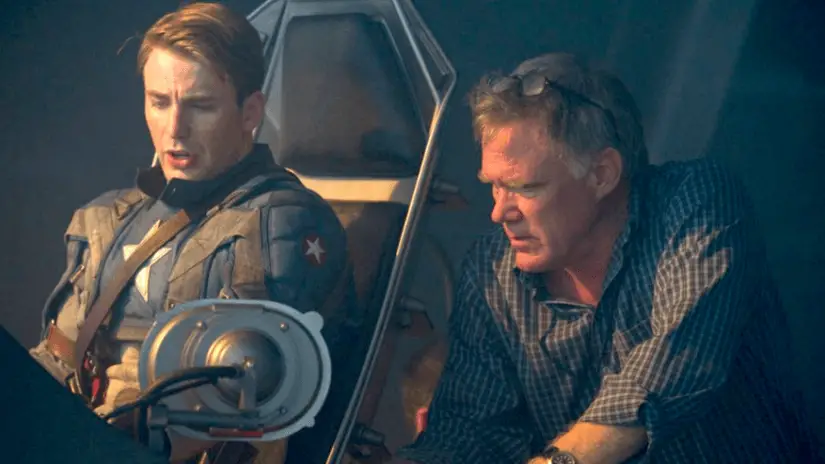
Out of all the films in the MCU, I view Captain America: The First Avenger as the most underrated title. Scenes involving a hand grenade and a flagpole demonstrate that Captain America possesses wits, guts, and drive.
Also, Steve Rogers meets his equal in this film. Hayley Atwell portrays Peggy Carter, who becomes one of the central figures in the MCU. The love story between Carter and Rogers provides the framework for Captain America’s entire story arc from The First Avenger through Avengers: Endgame.
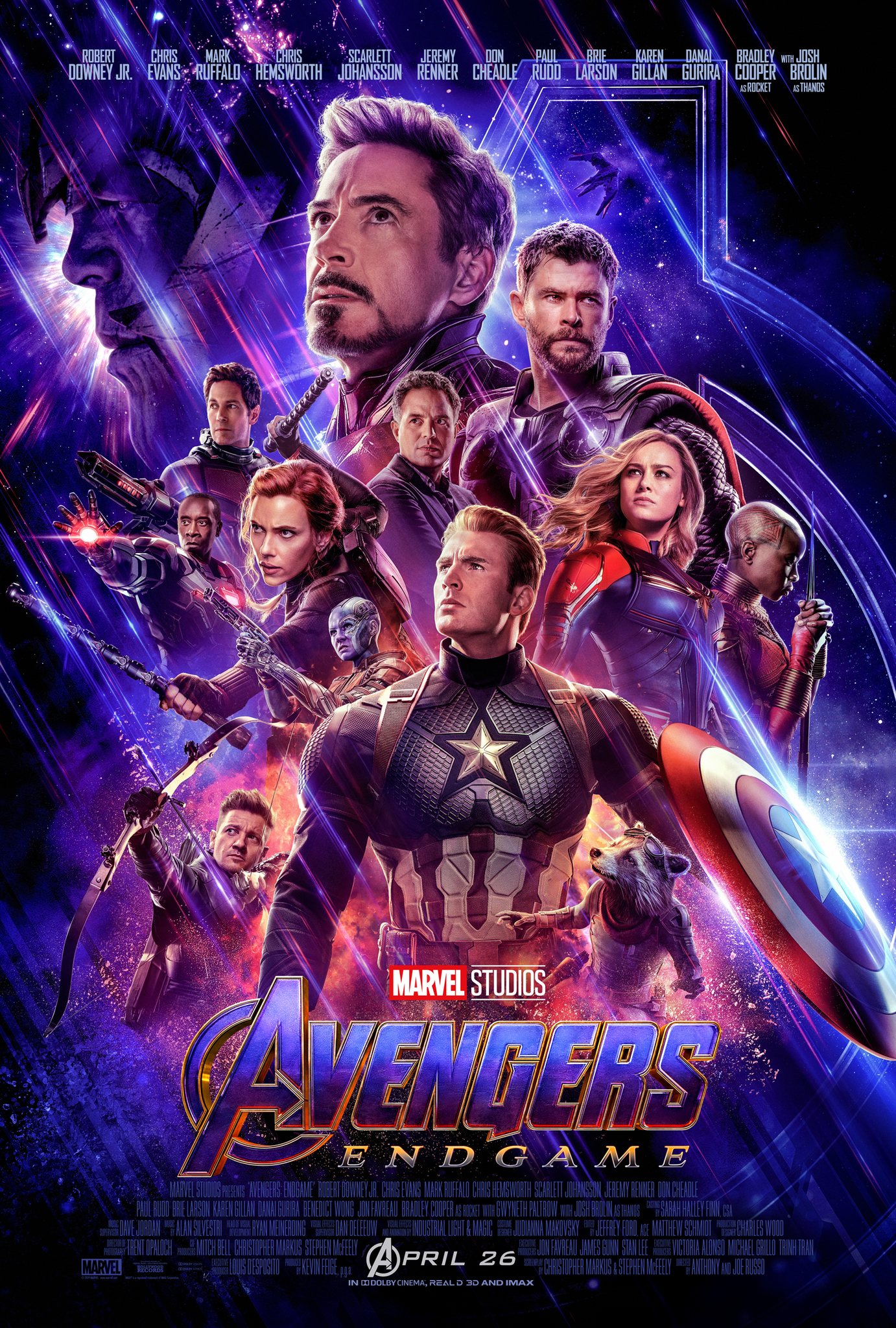
The one subtle ingredient from the Iron Man, Thor, and Captain America movies is that romantic spark. Each of the three men matches wits with a compelling female character. This strategy enticed more customers into the theaters for Marvel movies, leading to the remarkable growth of the MCU brand.
The first Captain America movie earned the least of the four main MCU films to date. It attained $176.7 million domestically and another $193.9 million internationally. Still, it’s the last number that stunned observers. People outside of North America should have had little interest in watching Captain America. Once again, the appeal of a superhero mattered more internationally.
The most significant takeaway from the three films is what Marvel had accomplished. While DC Comics spent time working on the sequel to The Dark Knight, the MCU unveiled three new titles. They received universal praise and earned $1.425 billion worldwide.
Marvel had passed DC and never looked back. In 2008, The Dark Knight was everything in cinema. Less than three years later, the MCU had become the dominant force in the film industry.
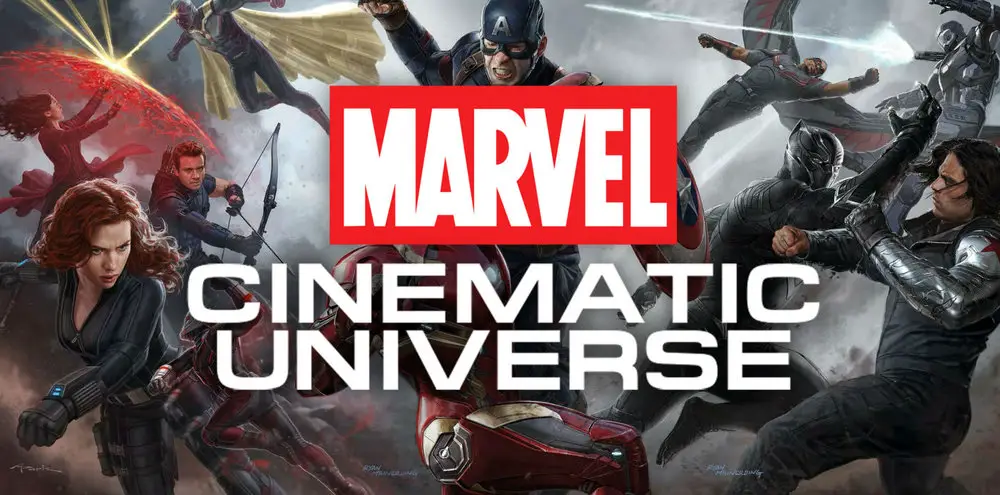
Next time: All roads lead to a superhero team-up of epic proportions. Also, we finally learn the importance of Infinity Stones.


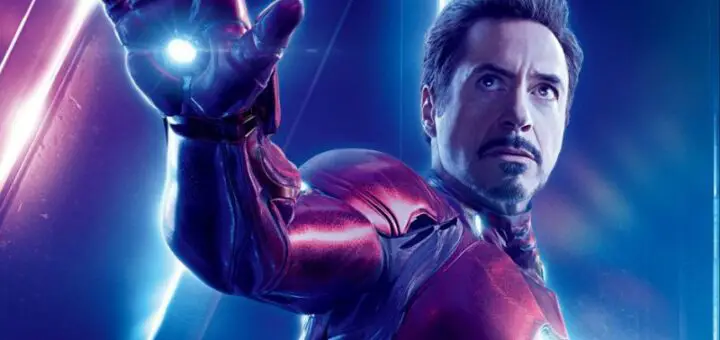

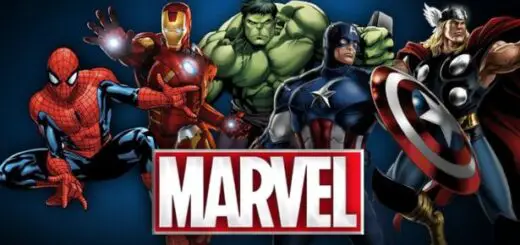
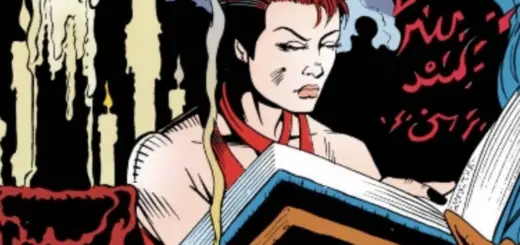



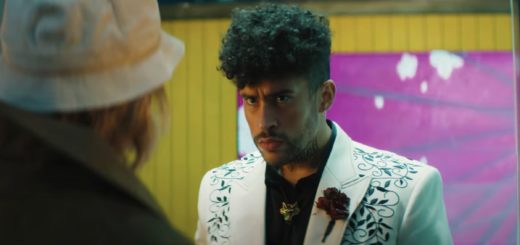


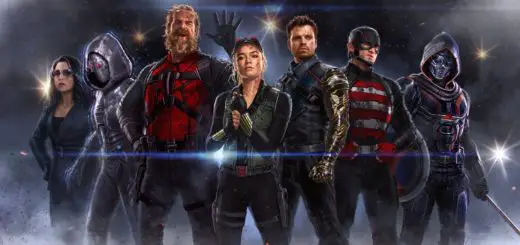
4 Responses
[…] course, we’re used to watching MCU movies in theaters. We’ll get two of them in 2020. Black Widow is less than three months away now, as it […]
[…] the completion of Phase Three has left the MCU in a state of flux. By now, you almost certainly know that two beloved Avengers didn’t make it […]
[…] the little things. Right? For me, that good news is Agent Coulson returning to television via Agents of SHIELD on Wednesday, May […]
[…] The story goes, Disney/Marvel secured the full rights to the Hulk. And the ancillary story is that Marvel Studios may use a Hulk solo movie as a way to introduce Wolverine into the Marvel Cinematic Universe. […]